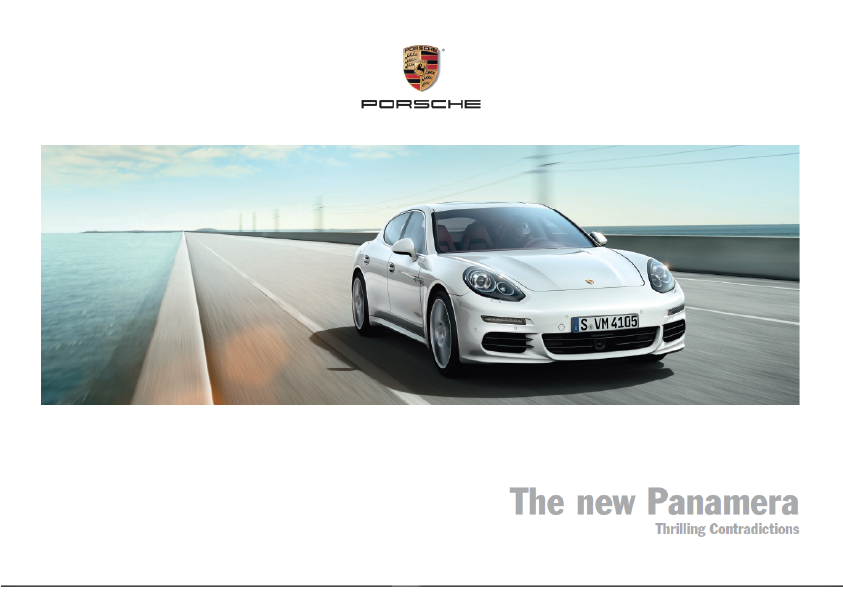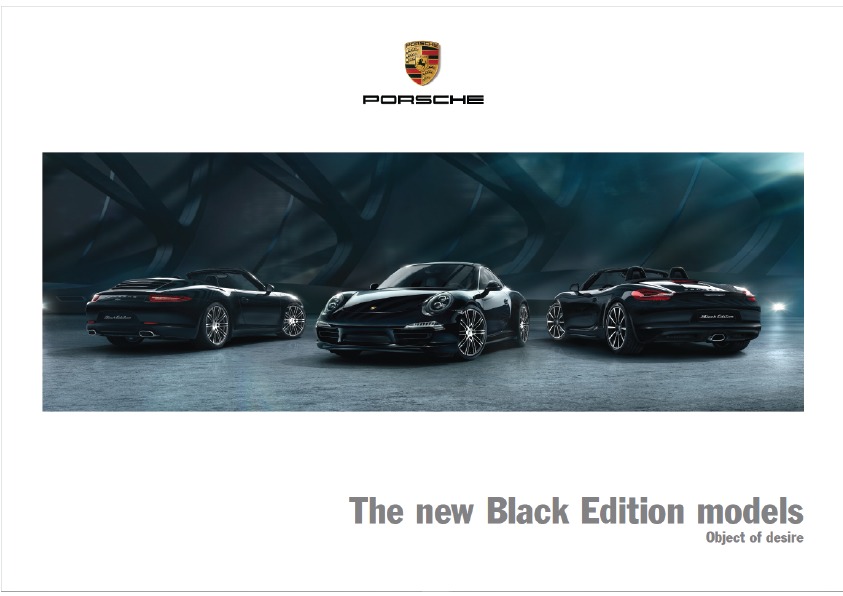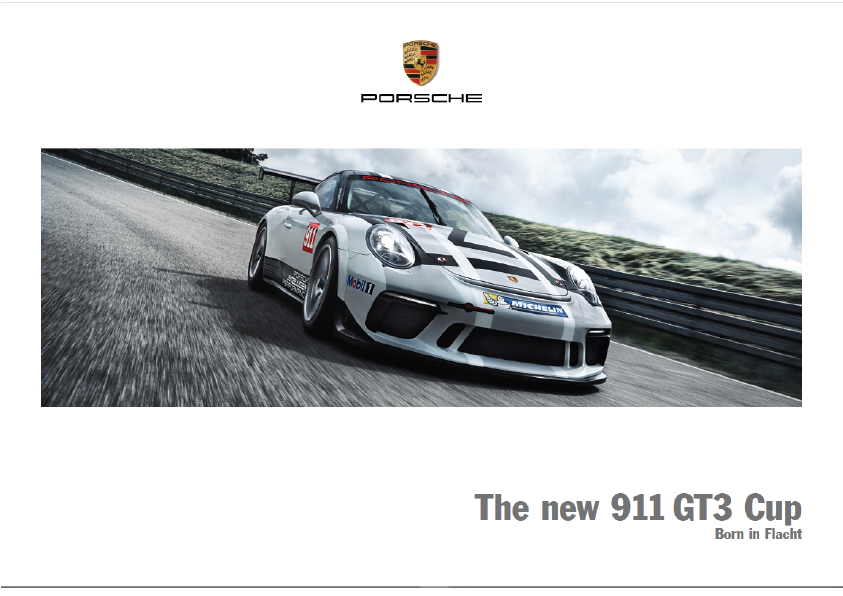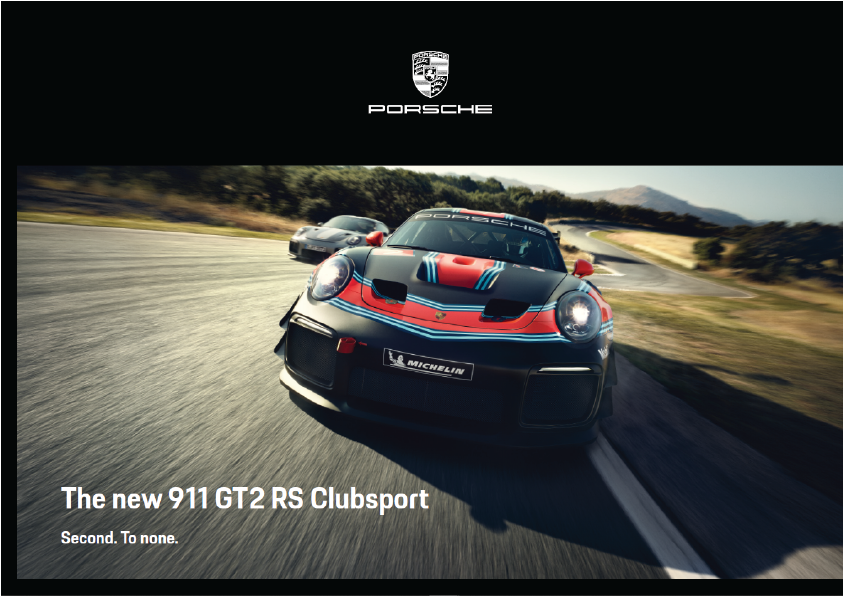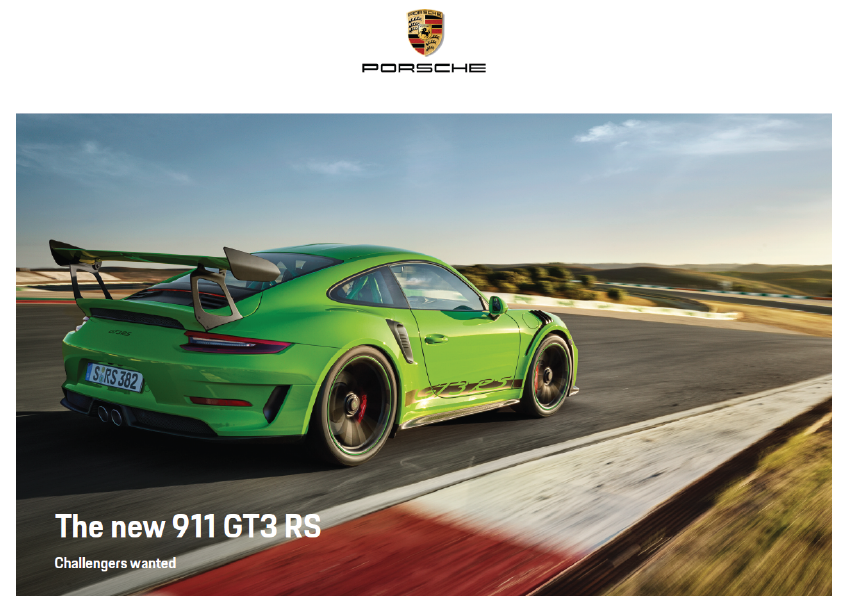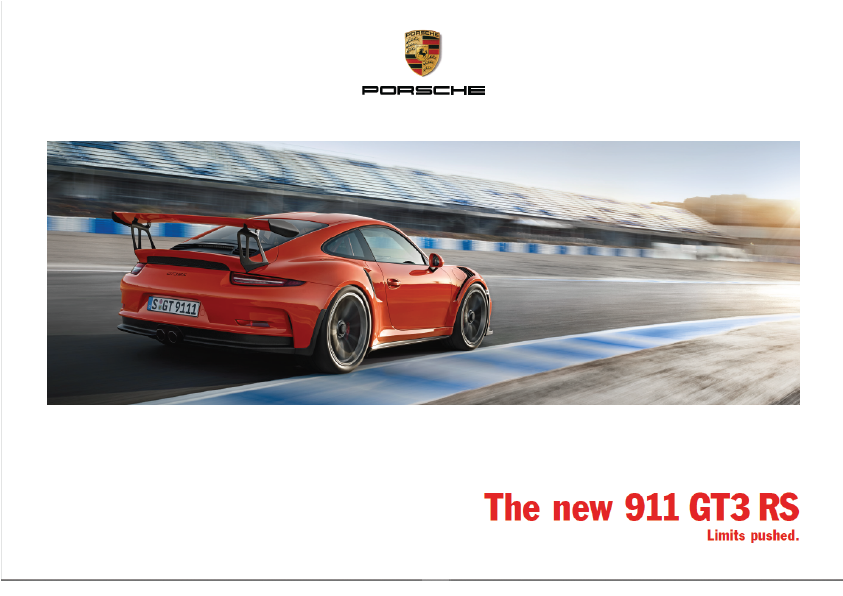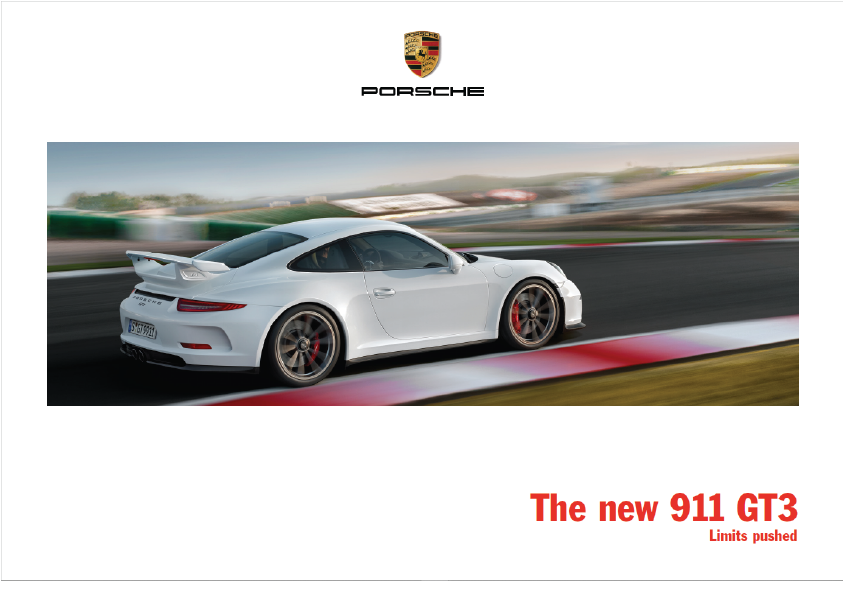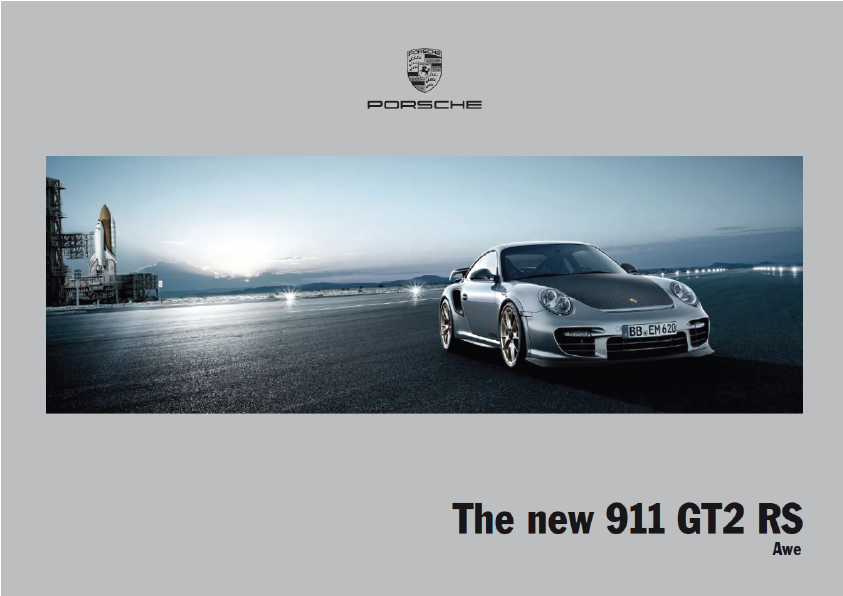A sports car of uncompromising performance. A sedan of uncompromising luxury. These aims couldn’t be further apart, yet the new Porsche Panamera somehow incorporates them both, seamlessly. It is a performance sedan offering sumptuous comfort for four. It is, at the same time, a Porsche— capable of eliciting driving pleasure that is the stuff of dreams. Yet equally capable of being driven every day. The power of contradiction? Porsche has used it to create something utterly distinctive: the Panamera.
the very beginning, there were doubters. When Ferdinand Porsche and his son designed the first car to bear the family name, few could grasp how this radical new concept would evolve into a game-changing sports car. Decades later, when the Porsche Panamera was unveiled, again there were skeptics. A four-door Porsche? A controversial idea. Pursued to its fullest. Hasn’t that always been the Porsche Way? The Panamera model range. With luggage but without compromise? That’ll never work, they said. But it did, as we now know. The Panamera gave the luxury sports sedan a new lease on life and silenced the doubters. Job done, we could have said. But Porsche wouldn’t be Porsche if we rested on our laurels. Our more than 30,000 racing victories could not have been achieved if we’d been satisfied with conventional thinking. By focusing on what we call Intelligent Performance, our ideas continually improve. The result is the new Panamera model range. With a design evolved to enhance aerodynamics and aesthetics. With engines that offer not just power, but powerful efficiencies. And with a spacious cabin integrating new technologies that let you connect your worlds.
When we create a sports car, our designers could focus on the here and now. But we have never been concerned with mimicking current fashion. Creating something truly significant we believe means sticking to principles, preserving what we’ve proven is worthy, and using this as the platform for our new ideas. With the new Panamera models, the evolution of its design is driven by function. Visible examples include the enlarged air intakes in the front end. These help to provide optimal cooling of the engine and brakes. The fact that they also look great is a welcome bonus. In its proportions and use of form, the new Panamera is typical of any Porsche. But in its details, it is decidedly more precise. Sharper. Edgier. The fenders are higher than the hood and they add muscle at the rear. The roofline tapers down to the rear. Seen from the rear, the new Panamera models look more modern, with tauter proportions. The rear end has been restyled, its lines sharpened. The rear window is larger and flatter. It is also wider, just like the automatically deploying spoiler. The LED taillights have become narrower and more crisply defined. Another illuminating example of the further development of the Panamera design is its standard Bi-Xenon™ headlights. The daytime running lights have been integrated into the main headlight units in the form of four LED spotlights. Like the taillights, they now appear slimmer. Together with the more distinctive “power dome” of the hood, the new side skirts, and exterior mirrors, they lend the Panamera models a sportier look. Traditional values and a forward looking design make a successful combination. All that’s missing is your own interpretation of the Panamera. With 15 exterior colors, an extensive range of Leather packages, wheels measuring up to 20 inches, and many more options, you can lend your model an unmistakable character.
The new Panamera model’s exquisite interior is designed around four individual seats. This unusual structure offers a high degree of accommodation for four occupants and their luggage, and ensures driving pleasure on both daily commutes and longer journeys. Of course, the same unconventional thinking applies to the rear hatch. Just as it does to the five circular instruments—long a signature of many Porsche models. With a high resolution color display and the logical grouping of controls, the cluster enables fast and direct access.
